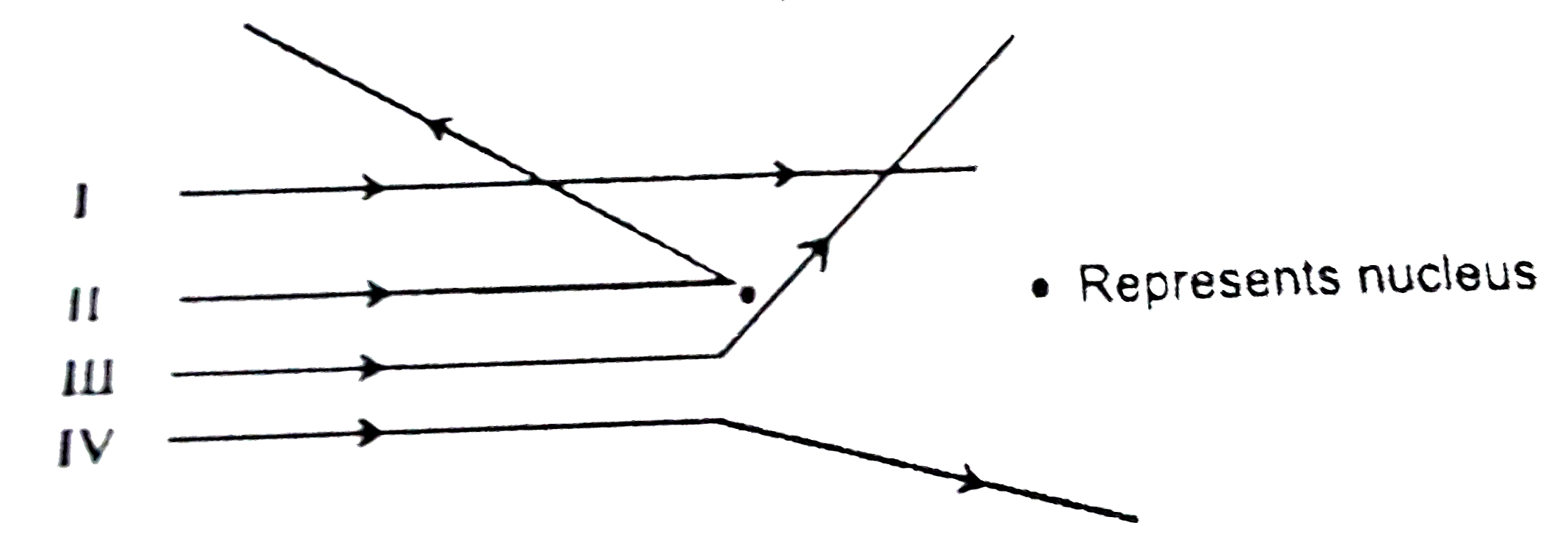In α−partic≤s experiment how nucleus and αp−partic≤s act ?
Text Solution
point masses and charges
|
Topper's Solved these Questions
Similar Questions
Knowledge Check
Assertion (A ): In the α-particle scattering experiment most of the α-particles pass undeviated.
Reason (R ): Most of the space in the atom is empty.ABoth A and R are true and R is the correct explanation of ABBoth A and R are true but R is NOT the correct explanation of ACA is true but R is falseDA is false and R is trueAssertion: The positively changed nucleus of an atom has a radius of almost 10−15m.
Reason: In α-particle scattering experiment the distance of closest apporach for α-particles is ≈10−15m.AIf both assertion and reason are true and reason is the correct explanation of assertion.BIf both assertion and reason are true but reason is not the correct explanation of assertion.CIf assertion is true but reason is false.DIf assertion is false but reason is true.Assertion: The force of repulsion between atomic nucleus and α-particle varies with distance according to inverse square law.
Reason: Rutherford did α-particles scattering experiment.AIf both assertion and reason are true and reason is the correct explanation of assertion.BIf both assertion and reason are true but reason is not the correct explanation of assertion.CIf assertion is true but reason is false.DIf assertion is false but reason is true.
Rutherford's α- particle experiment showed that the atoms have
View SolutionIn Rtherfor'ds experiment most of the alpha particles were
View SolutionIn Geiger marsden experiment in a head on collision between an α particles and a gold nucleus the minimum separation is 4×10−14 m . the energy of α particle is
View SolutionRutherford's αparticle dispersion experiment concludes that
View SolutionRutherford's alpha-particle scattering experiment eventually concluded that
View Solution

